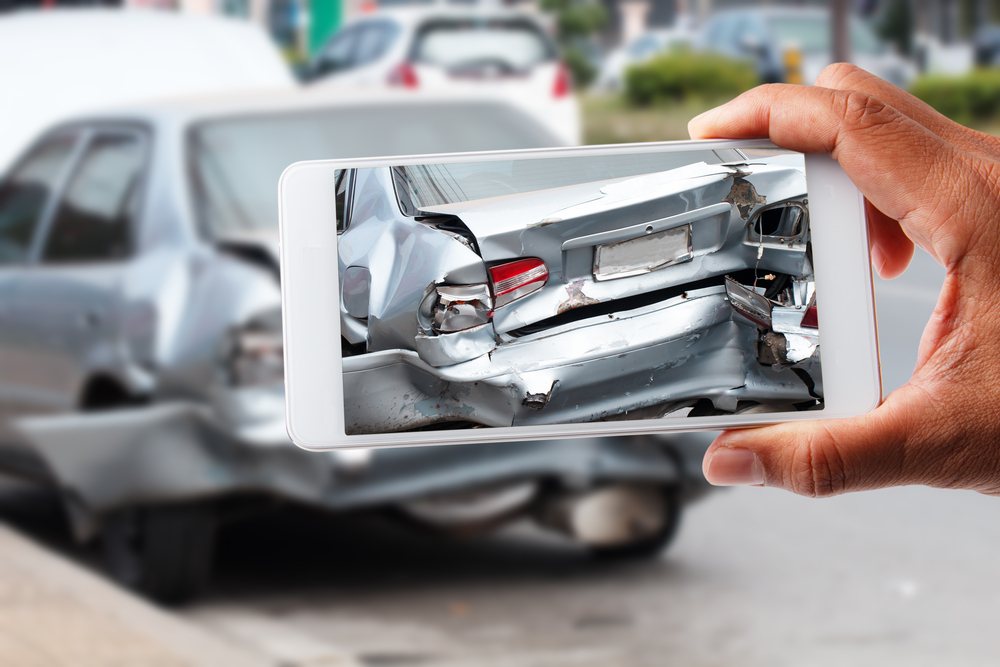The United States has a car insurance problem. The average American spends $1674 a year on car insurance. This amount is higher than the amount that Americans spend on any other form of insurance. For example, the average American spends $104 a month on homeowner’s insurance and $80 a month on flood insurance.
And yet, despite the fact that Americans spend so much on car insurance, they do not always feel as though they are getting as much as possible for their money. Typically, this is because many types of car insurance policies do not cover the full cost of repairing a car after an accident.
Normally, if you are driving and you get into an accident, your insurer will pay to fix your car and then take the cost of the repairs out of your next premium. This is known as a “no-fault” policy.
However, if you have a comprehensive policy, you could potentially be able to get your car repaired for free or at a reduced cost.
What Is Comprehensive Car Insurance?
Comprehensive car insurance covers more than just vehicle repairs after an accident. It also covers theft, vandalism, and other instances of damage to your car. However, it does not cover the cost of repairs to other vehicles involved in an accident.
What is the Difference between Comprehensive Insurance and Collision Insurance?
Collision insurance, on the other hand, covers the cost of repairs to your vehicle if you are involved in an accident. However, collision insurance does not cover theft, vandalism, or other instances of damage to your car.
If you want to be covered for theft, vandalism, and other damage to your car, you need to buy a comprehensive car insurance policy.
If you have comprehensive car insurance, it will cover the cost of repairs to your car if it is damaged or destroyed. Comprehensive car insurance will also cover the cost of repairs to your car if it is stolen.
